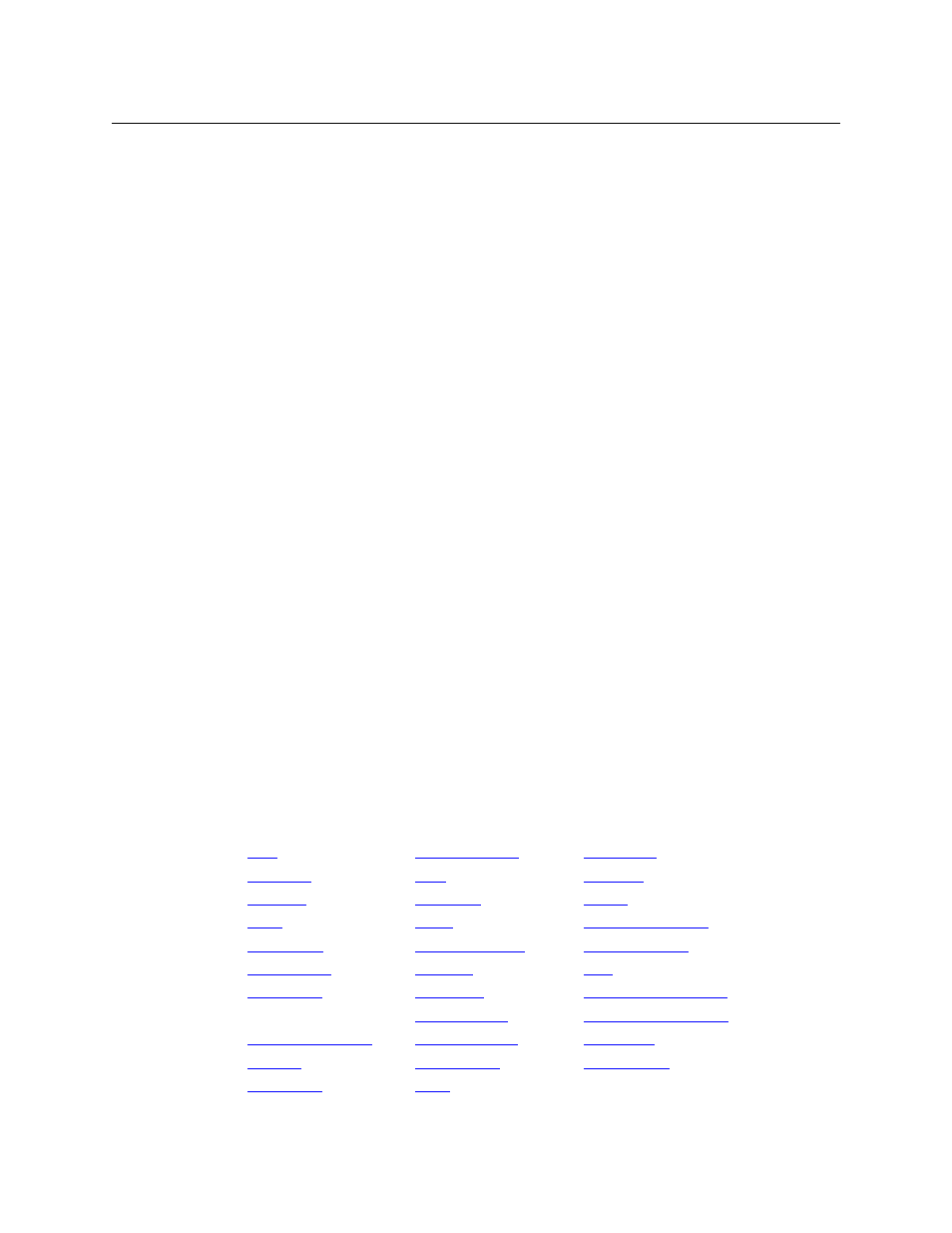Buttons – Grass Valley NV9641A v.1.0 User Manual
Page 65

55
NV9641A
User’s Guide
pad, you can “construct” a device name. Each press of the keypad appends a digit or a suffix
to the name thus far constructed. The device name does not appear when you press the
numerals or suffixes, but will appear on selection buttons (levels, in X-Y mode and MD
devices, in MD mode) after you return from the suffix page.
Suffixes may be numeric or alphanumeric, and up to 4 characters in length. Any device may
have up to 8 suffixes. However, device mnemonics are limited to 8 characters. Therefore, the
usual
—
and default
—
suffixes are just the numerals 0 –9.
Example: you want to select the source device
CAM_12
.
1 Press the category button labeled ‘CAM’.
The display for this source shows ‘
CAM
’.
2 If you see a list of devices, scroll until you find CAM_12 and press that button.
3 Or if you see a keypad, press ‘1’ and then press ‘2’.
At this point, you could press a ‘Clear Preset’ button
—
on the suffix page with the keypad
—
to erase the digits or suffixes you entered. ‘Clear Preset’ does not return to the previous page
but allows you to re-enter digits or suffixes.
4 When you have the desired source selected, press a ‘Back’ button to return to the previous
page.
Buttons
The NV9641A has four classes of button functions:
•
Dedicated functions, such as ‘Default State’ or ‘Chop’.
•
Variable functions, such as ‘Category’ or ‘Source’. A category button identifies a specific cate-
gory. A source button identifies a specific source. A button page can contain more than one
category or source. Often, category lists and source lists span multiple pages.
•
Special functions, such as ‘Navigate’, ‘Back’, and ‘Forward’. These functions allow the panel
operator to move from one button page to another.
•
System-generated button functions. When you press a category button, the router control
system generates a list of devices belonging to the category. The device list, if it is long,
spans more than one button page.
At present, there are 32 button types, not including “undefined” which is not a true button type:
(P)
(P)
(P)
(P)
(P)
(P)
(P)
(P)
(P)
(P)
